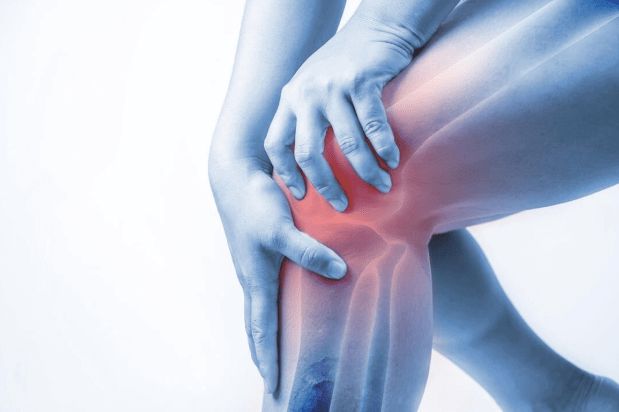A knee sprain is a common musculoskeletal injury that occurs when the ligaments, which are strong bands of tissue connecting bones, are stretched or torn due to sudden or excessive force. The knee joint is particularly susceptible to sprains due to its complex structure and the various movements it enables. Understanding the causes, symptoms, diagnosis, and treatment options for knee sprains is essential for effective management and recovery.

Causes of Knee Sprains:
Knee sprains can result from a variety of causes, including:
Sudden Twisting: Abrupt changes in direction, especially when the foot is planted, can strain the ligaments.
Impact: Direct hits to the knee, such as during a fall or collision, can lead to ligament damage.
Overextension: Hyperextension of the knee joint beyond its normal range can stress the ligaments.
Sports and Activities: High-impact sports, such as basketball, soccer, and skiing, increase the risk of knee sprains.
Common Symptoms:
The symptoms of a knee sprain can vary in intensity depending on the severity of the injury. They often include:
Pain: Ranging from mild discomfort to sharp pain, especially during movement or weight-bearing.
Swelling: Inflammation and fluid accumulation in the injured area.
Bruising: Discoloration due to blood leakage from damaged blood vessels.
Limited Range of Motion: Difficulty fully bending or straightening the knee.
Instability: A feeling that the knee is giving way or unable to support weight.

Diagnosis:
If a knee sprain is suspected, a medical professional will conduct a thorough evaluation, including:
Physical Examination: Assessing the range of motion, stability, and areas of tenderness.
Imaging: X-rays may be taken to rule out fractures, while MRI scans provide detailed views of soft tissues and ligaments.
Treatment Options:
Treatment for knee sprains depends on the severity and grade of the sprain:
RICE: Rest, ice, compression, and elevation can help reduce pain and swelling.
Medications: Nonsteroidal anti-inflammatory drugs (NSAIDs) can alleviate pain and inflammation.
Bracing or Taping: Providing external support to the knee joint to aid healing.
Physical Therapy: Specific exercises to improve strength, flexibility, and joint stability.

Surgery:
Rarely necessary, surgery may be considered for severe ligament tears that do not respond to conservative treatments.
Recovery and Prevention:
The recovery timeline varies based on the severity of the sprain. Mild sprains may heal in a few weeks, while more severe injuries can take several months. Preventive measures include:
Proper Warm-Up: Ensuring muscles and ligaments are adequately prepared before physical activity.
Strengthening Exercises: Regularly working on muscle strength and flexibility around the knee joint.
Proper Technique: Using correct body mechanics during sports and activities to avoid unnecessary strain.
In conclusion, a knee sprain is a common injury that can range from mild discomfort to significant pain and limited mobility. Prompt diagnosis, appropriate treatment, and adherence to rehabilitation guidelines are essential for a successful recovery. If you suspect a knee sprain consult Dr. Fahad to help determine the most suitable management plan for your specific situation.


